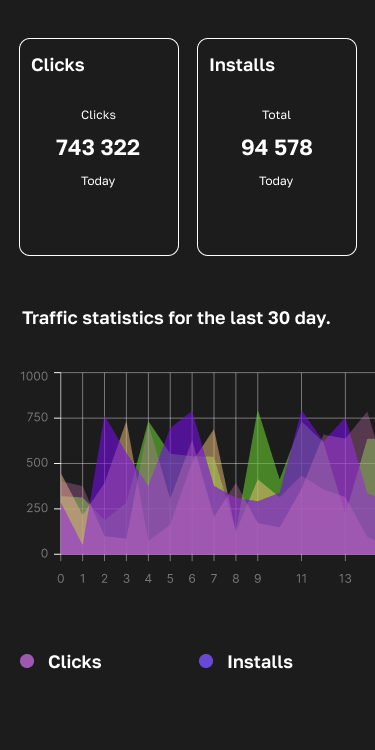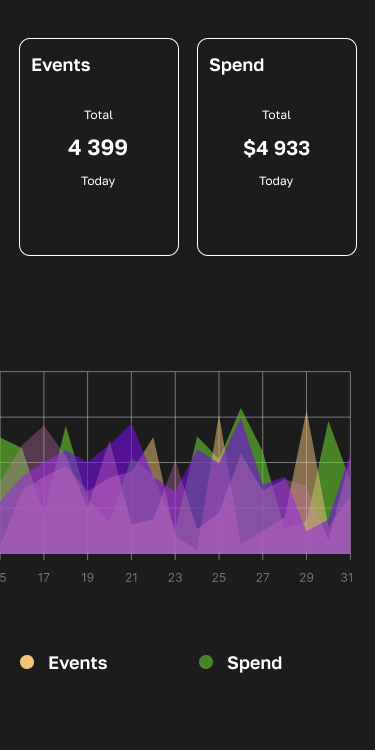OEM (on-device) advertising went from a specialist tactic to a mainstream growth engine in the first half of 2025. Android-phone makers now reach 2.2 billion devices, CPIs run ≈30% lower than social channels, and case studies report higher day-7 ROAS with near-zero fraud. New OpenRTB fields, ML-driven event bidding and a friendlier revenue split from Samsung are drawing even cautious advertisers into the channel. Below is a 3–4 k-character primer you can drop straight into a corporate blog — clear enough for beginners, concrete enough for pros.
Why OEM Ads Matter
OEM inventory sits inside the phone itself — pre-loads, setup wizards, branded app stores and smart folders — so users see an app before they ever open Google Play. That native touchpoint drives cheaper installs and stronger retention than banner or feed ads. Marketers now treat OEM as a “must-have” in their UA mix rather than an experiment.
Five Trends That Defined H1 2025
1. Scale plus ROI
REPLUG data shows Android OEM stores will account for 25% of global downloads this year, with CPIs up to 30% cheaper and ROAS gains of 9–15 % over auction-based networks. Xiaomi’s record Q1 revenue underscores advertiser demand for on-device reach.
2. Programmatic & Transparency
All major OEM exchanges (Samsung, Xiaomi, Vivo, Oppo) upgraded to OpenRTB 2.5. The new ID Provenance field lets DSPs verify where a device identifier originated, closing loopholes and smoothing real-time bidding.
3. Quality Traffic, Minimal Fraud
Hardware-level authentication blocks bots, click-injection and device spoofing, giving campaigns “clean installs” that rarely need third-party anti-fraud filters. Gaming-brand case studies published by Apptica highlight near-zero fraud rates after switching to OEM channels.
4. Event-Based Optimisation (EBO)
Machine-learning DSPs such as Qi Ads now let advertisers pay only when a registration, order or purchase occurs, not merely for an install. After one-month training cycles, campaigns routinely switch to cost-per-event pricing.
5. CTV ↔ Mobile Convergence
Samsung Ads’ new Mobile Conversion product retargets connected-TV viewers who show high propensity to download a game, beating day-7 ROAS goals by up to 150% in beta.
6. Friendlier Store Economics
From 15 May 2025 the Galaxy Store moved to an 80/20 (and 85/15 for subs) revenue split, spurring developers to list premium content and buy more OEM media.
7. Privacy Moves
Google’s April update confirmed Privacy Sandbox APIs — including Protected Audience — will stay, but third-party cookies in Chrome won’t fully disappear yet. Advertisers therefore prize OEM first-party device IDs for durable targeting.
Getting Started: Three Fast Wins
- Line up tracking. Make sure your MMP (AppsFlyer, Adjust, Singular) can ingest OEM install and event postbacks before you spend a dollar.
- Begin on CPI, graduate to events. Run a two-week test for clean installs, then switch to cost-per-purchase or cost-per-registration once you log ≥1 000 target actions.
- Blend channels. Use OEM for low-cost scale, social for creative testing, and remarket via push/CTV once retention cohorts stabilise.
Takeaway
In just six months OEM advertising checked every marketer’s box: cheaper user acquisition, cleaner traffic, transparent programmatic pipes and cross-screen expansion. If you manage Android UA and haven’t tested an on-device buy yet, 2025 is the year you risk falling behind.










